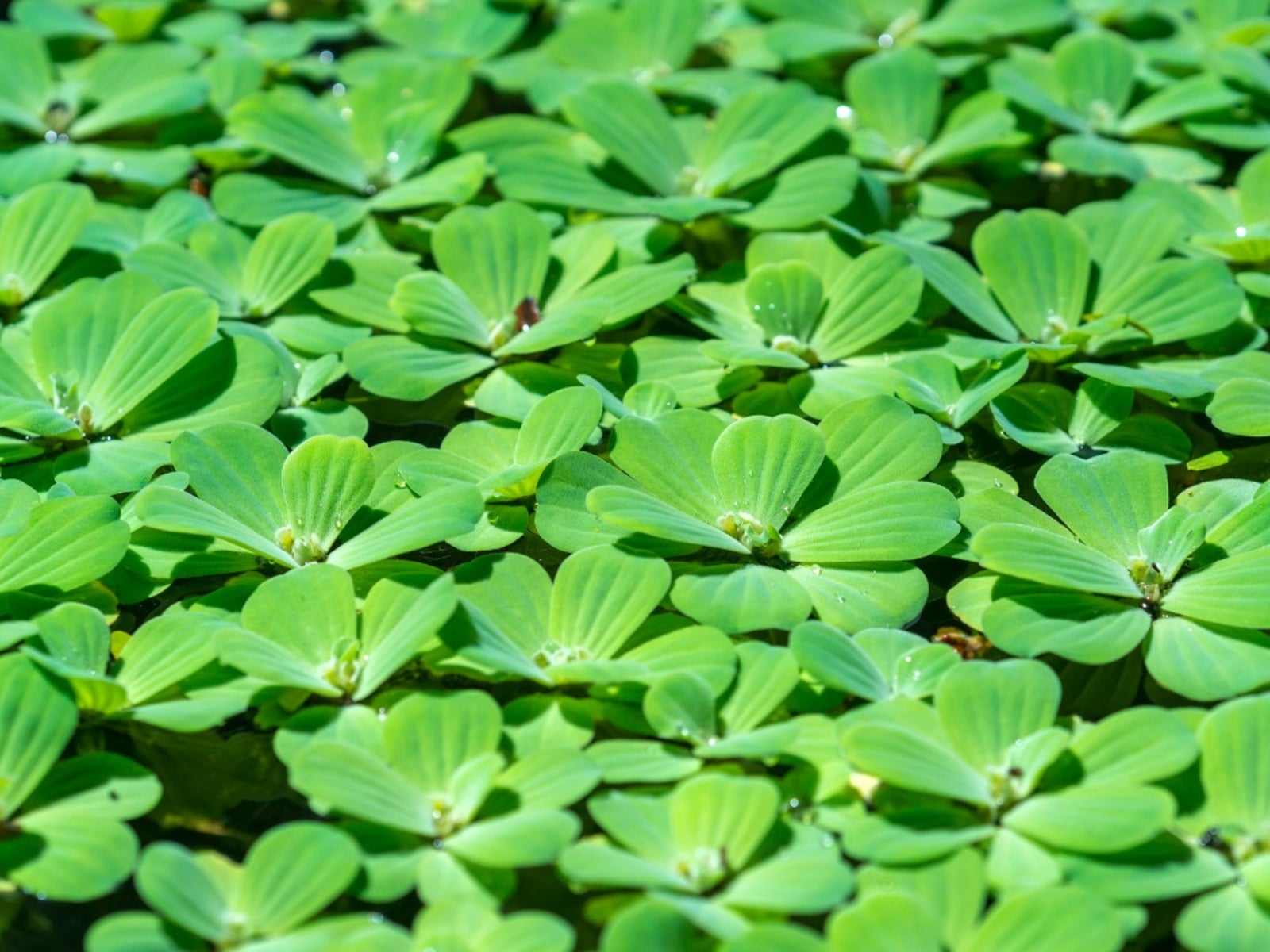Care Of Water Lettuce: Info And Uses For Water Lettuce In Ponds

Water lettuce pond plants are commonly found in the slow-moving waters of drainage ditches, ponds, lakes, and canals in water anywhere from 0 to 30 feet (0-9 m.) deep. Its early origins were recorded to be the Nile River, possibly around Lake Victoria. Today, it is found throughout the tropics and the American Southwest and is quantified as a weed with no wildlife or human food uses for water lettuce recorded. It can, however, make an attractive water feature planting where its rapid growth may be corralled. So what is water lettuce?
What is Water Lettuce?
Water lettuce, or Pistia stratiotes, is in the family Araceae and is a perennial evergreen that forms large floating colonies that can be invasive if left unchecked. The spongy foliage is light green to gray-green colored and is 1 to 6 inches (2.5-15 cm.) long. The floating root structure of water lettuce can grow up to 20 inches (51 cm.) in length while the plant itself covers a 3 by 12 foot (1-3.5 m.) area typically. This moderate grower has leaves that form velvety rosettes, which resemble small heads of lettuce -- hence its name. An evergreen, the long dangling roots serve as a safe haven for fish but, otherwise, water lettuce has no wildlife uses. The yellow flowers are rather innocuous, hidden in the foliage, and blooming from late summer to early winter.
How to Grow Water Lettuce
Reproduction of water lettuce is vegetative through the use of stolons and may be propagated through division of these or via seeds covered with sand and kept partially submerged in water. Water garden or container uses for water lettuce outdoors can occur in USDA planting zone 10 in full sun to part shade in the southern states.
Care of Water Lettuce
In warm climates, the plant will overwinter or you can grow water lettuce indoors in an aquatic environment in a mix of moist loam and sand with water temps between 66-72 F. (19-22 C.). Additional care of water lettuce is minimal, as the plant has no serious pest or disease issues.
Sign up for the Gardening Know How newsletter today and receive a free copy of our e-book "How to Grow Delicious Tomatoes".

Amy Grant has been gardening for 30 years and writing for 15. A professional chef and caterer, Amy's area of expertise is culinary gardening.
